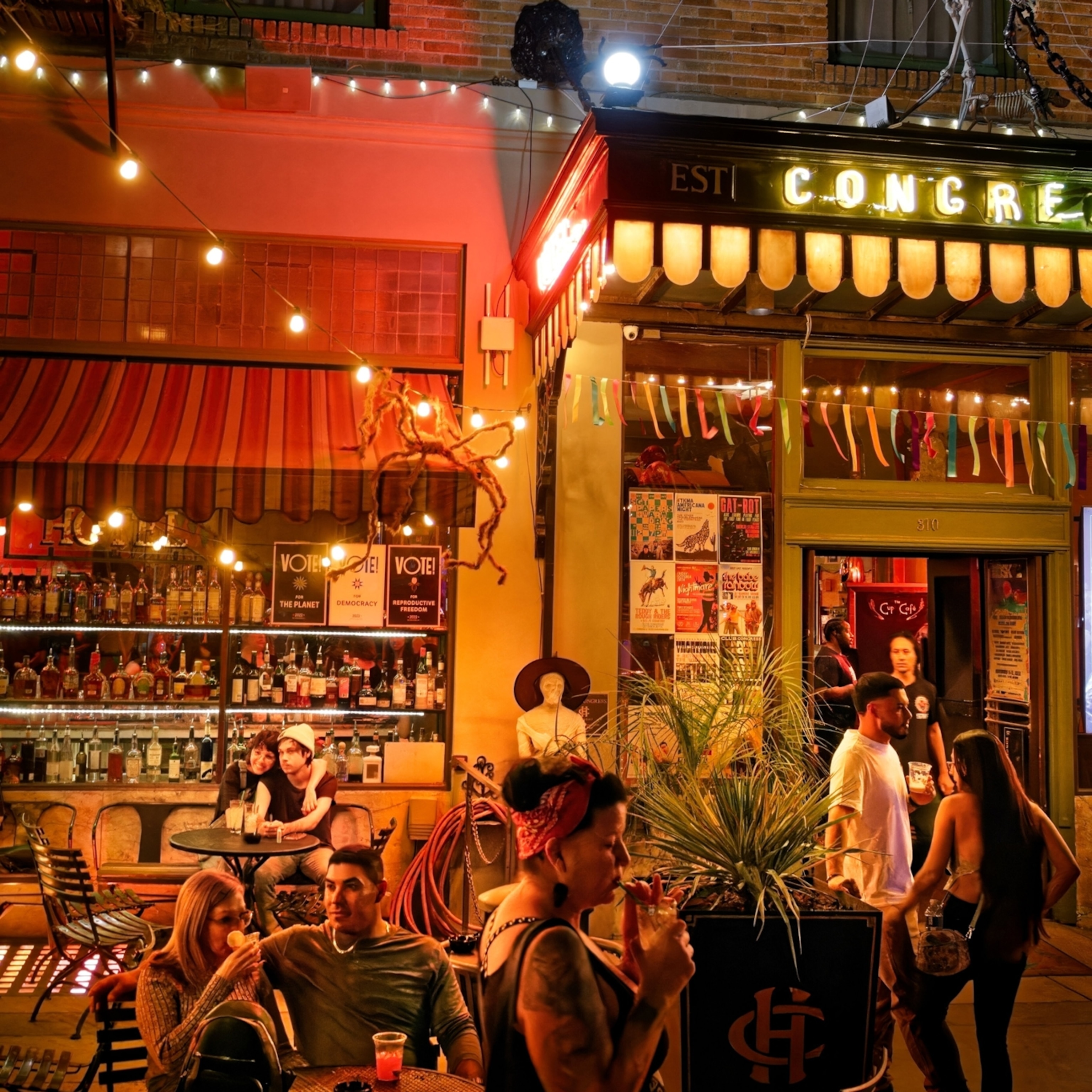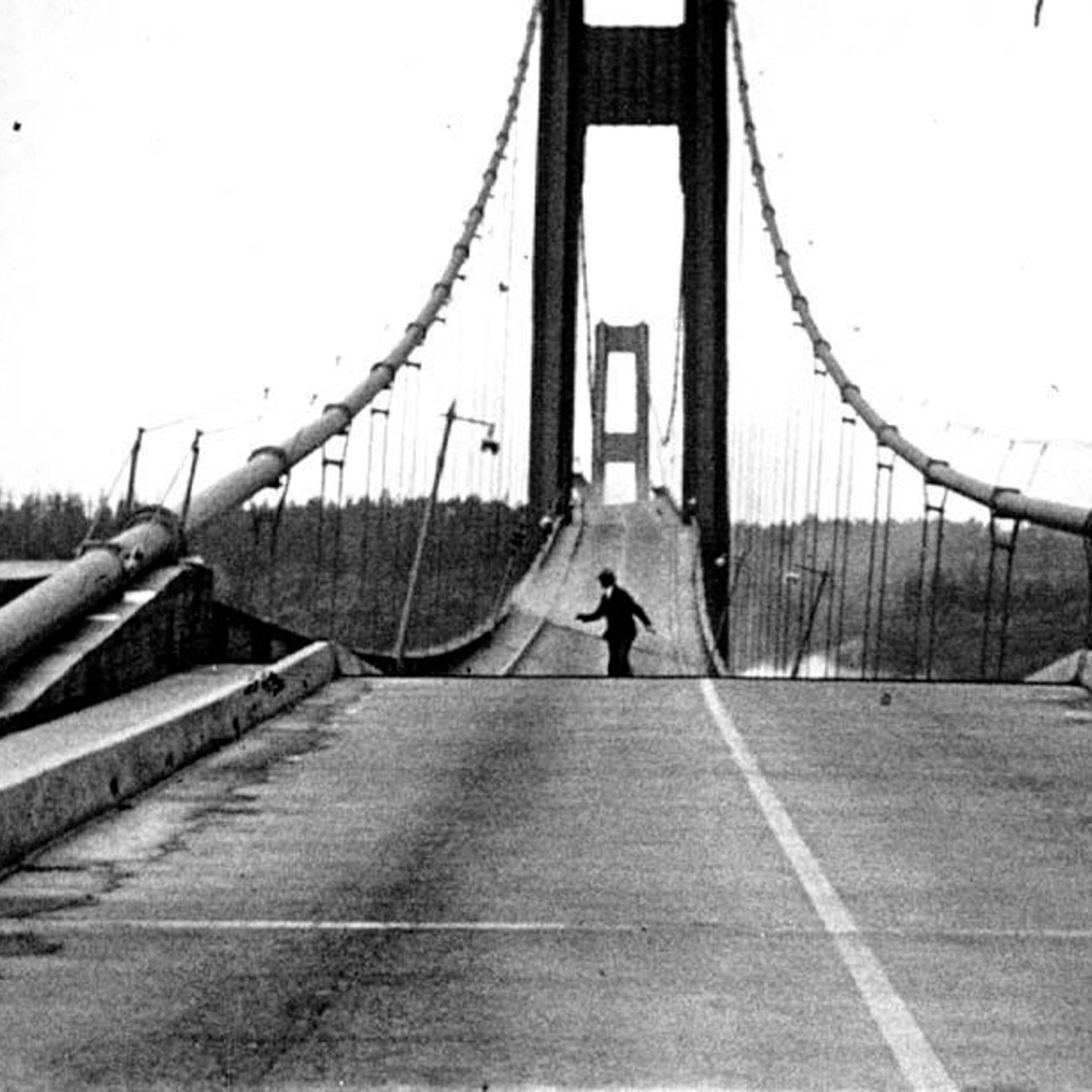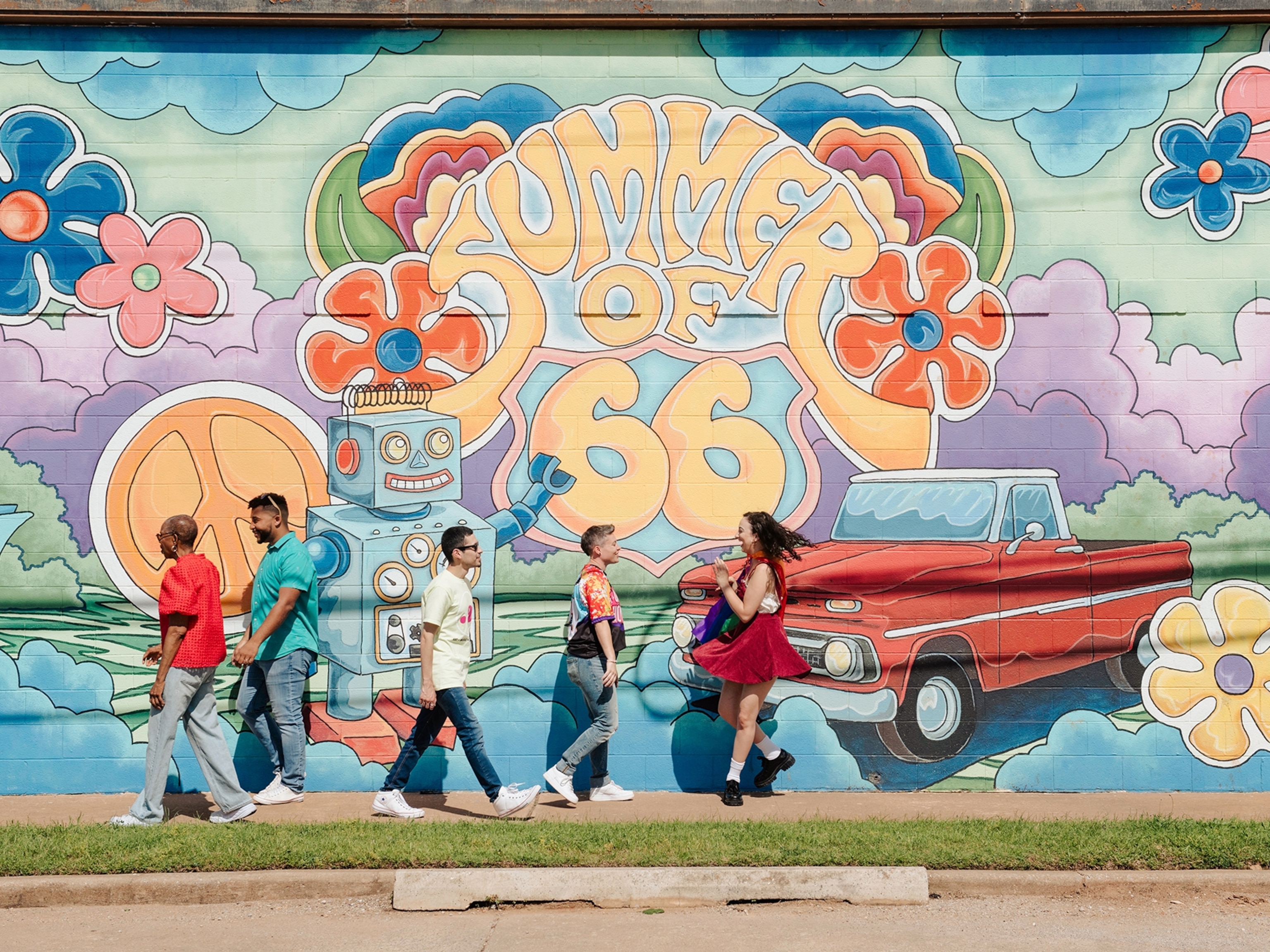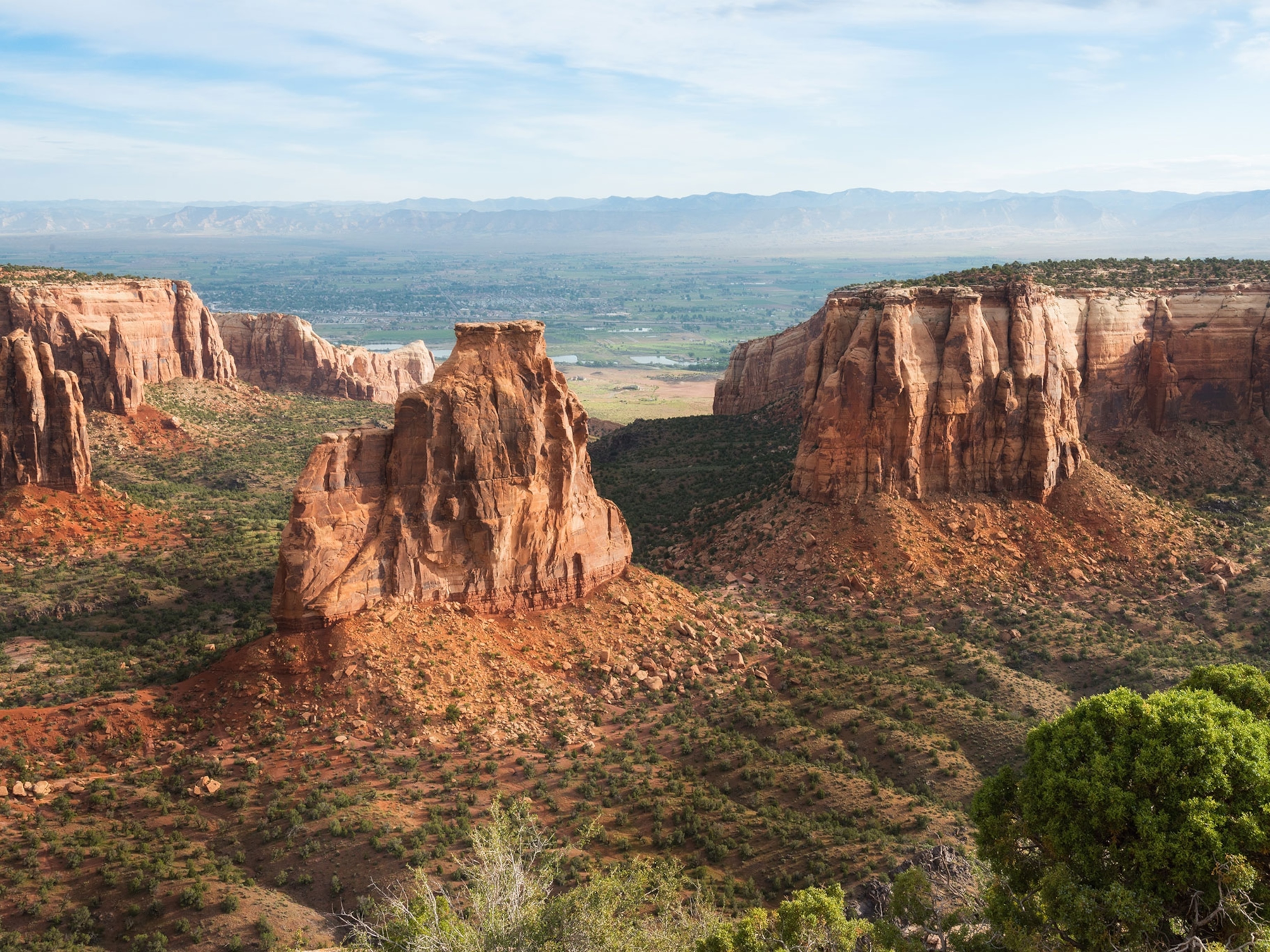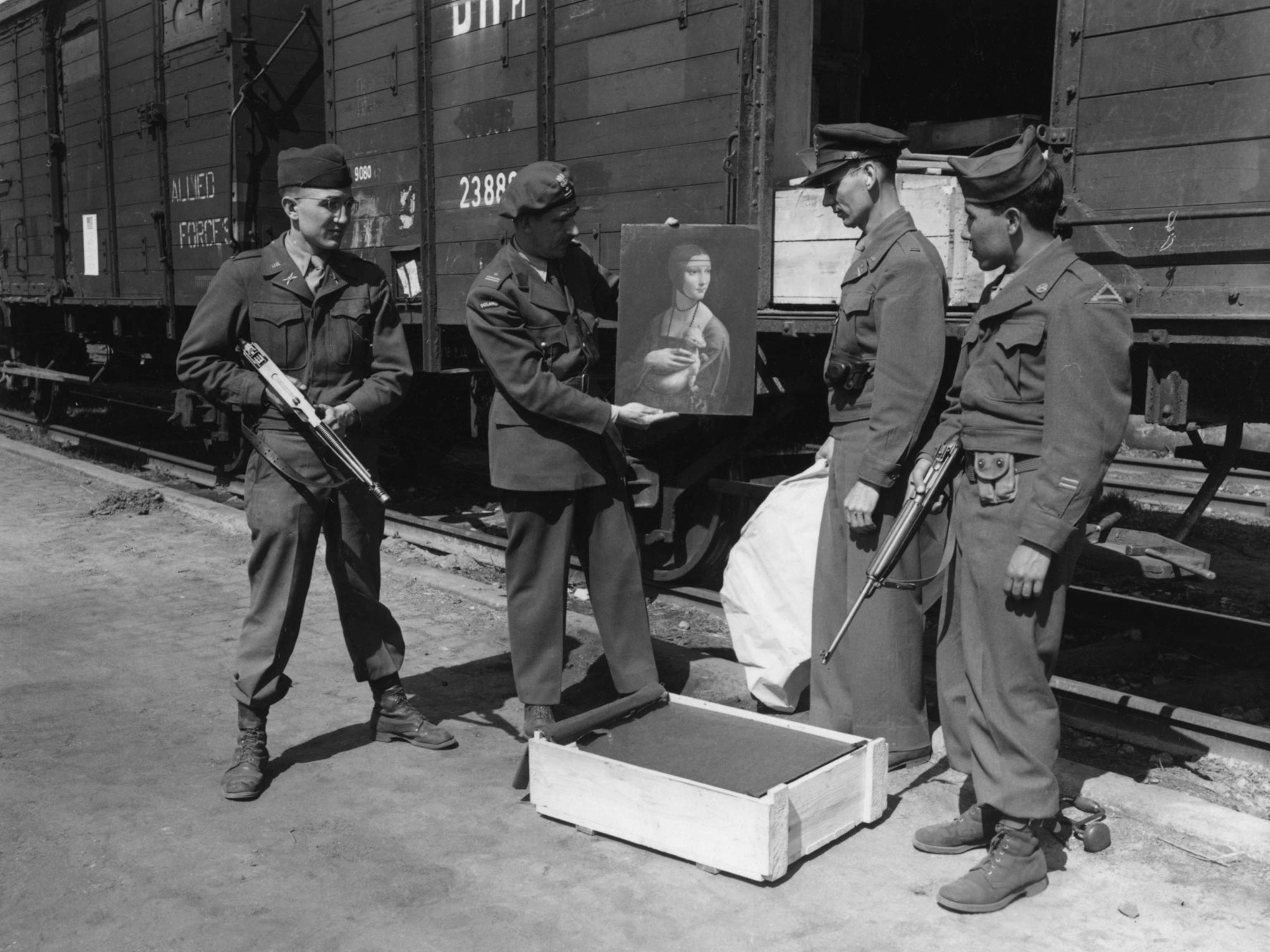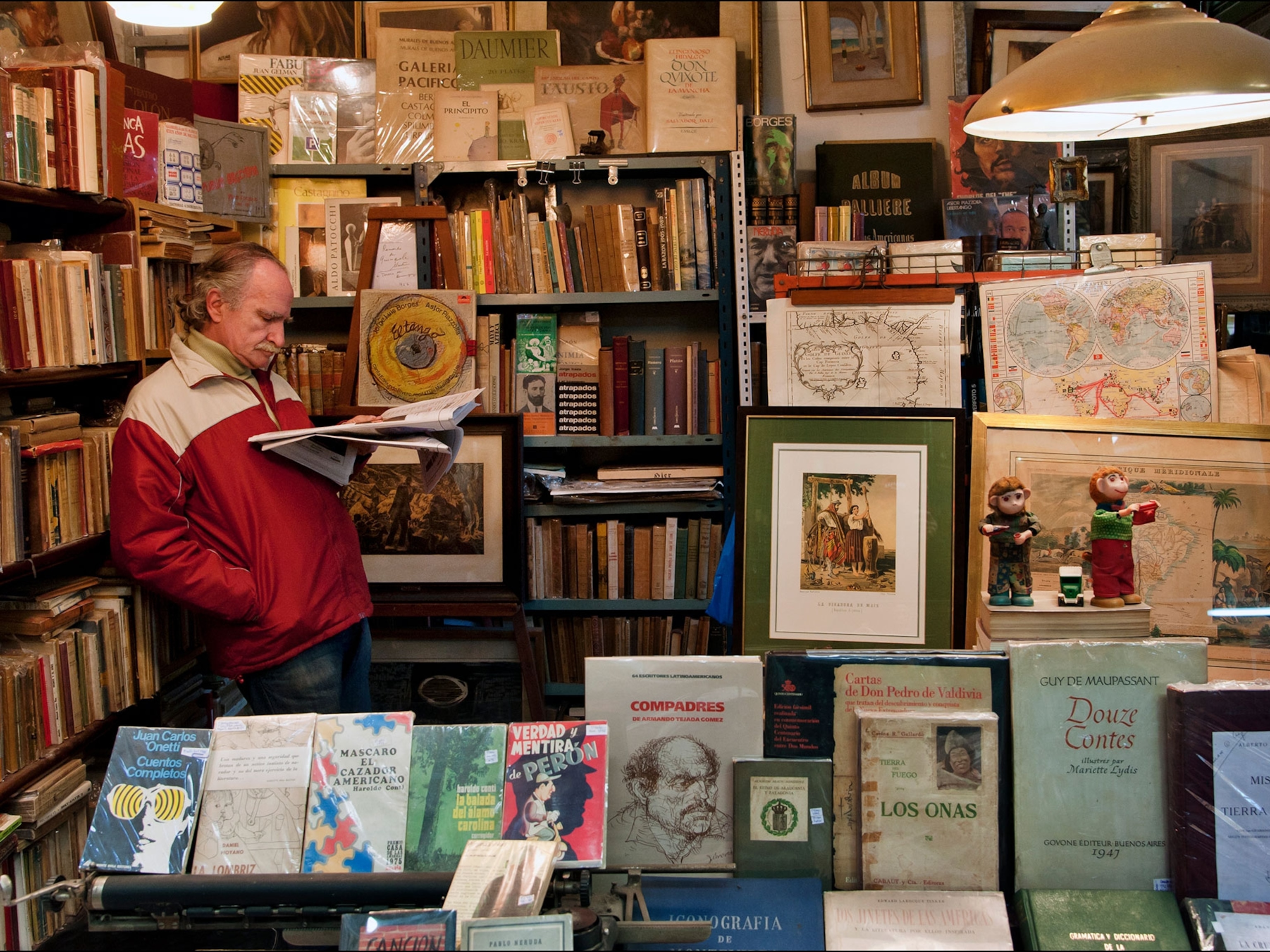"Motorcycle Diaries" Shows Che Guevara at Crossroads
Before he became the Marxist revolutionary icon known as "El Che," Ernesto Guevara de la Serna was an Argentine medical student tired of school and itching to see the world.
Before he became the Marxist revolutionary icon known as "El Che," Ernesto Guevara de la Serna was an Argentine medical student tired of school and itching to see the world.
So on January 4, 1952, the 23-year-old Guevara and his friend Alberto Granada jumped on an old motorcycle and embarked on an eight-month journey across South America.
The trek is chronicled in the new movie The Motorcycle Diaries, which is now playing in theaters across the United States. Directed by Brazilian filmmaker Walter Salles, the movie has received great critical acclaim.
The trip may have begun as a lark, filled with audacious pranks. But, as the film shows, the two men encounter increasing poverty and injustice on their trek across the continent. Historians and biographers now agree that the experience had a profound impact on Guevara, who would later become one of the most famous guerilla leaders ever.
"His political and social awakening has very much to do with this face-to-face contact with poverty, exploitation, illness, and suffering," said Carlos M. Vilas, a history professor at the Universidad Nacional de Lanús in Buenos Aires, Argentina.
Travel Bug
Guevera was born in 1928 and grew up in an upper-middle-class family in Buenos Aires, though his parents defied many of the social conventions of their class at the time.
"Although the household was not infused with radical political sentiment, a tone of defiant independence seemed to reign," said Marshall Beck, editor at the North American Congress on Latin America, a nonprofit organization based in New York.
Guevera did not distinguish himself in medical school. His grades were far from remarkable. He showed little interest in politics, staying away from the left-wing groups on campus.
He always wanted to travel. In 1949 he had embarked on a solo bicycle tour of Argentina. When Alberto Granada, a family friend who was working in a leprosy hospital in Argentina's Córdoba Province, asked Guevara if he wanted to travel with him by motorcycle to North America, the young Guevara immediately said yes, even if it meant postponing his medical exams.
On January 4, 1952, the pair left on La Poderosa II ("The Mighty One"), Granada's 1939 500cc Norton motorcycle. They almost crashed into a streetcar immediately after taking off from an endless farewell at the Granadas' home in Córdoba.
The first stop: Miramar, a small resort where Guevara's girlfriend, Chichina, was spending the summer with her upper-class family. Two days stretched into eight. Chichina lent him U.S. $15 to buy her a swimsuit in the U.S., and Guevara swore he would starve rather than spend the money on anything else.
The two men crossed into Chile on February 14. At one point they introduced themselves as internationally renowned leprosy experts at a local newspaper, which wrote a glowing story about them. The travelers used the press clipping as a way to score meals and other favors with locals along the way.
The pair also got into trouble. While stopping in the town of Lautaro to repair the motorcycle after an accident, they were invited to a dance. The evening ended badly, however, after Guevara was caught trying to seduce a married woman. The two men were chased out of town by an angry mob.
In Santiago, the capital of Chile, the motorcycle broke down for good. The two men decided to carry on by hitchhiking.
Guevara's political consciousness began to stir as he and Granada moved into mining country. They visited Chuquicamata copper mine, the world's largest open-pit mine and the primary source of Chile's wealth. It was run by U.S. mining monopolies and viewed by many as a symbol of foreign domination.
A meeting with a homeless communist couple in search of mining work made a particularly strong impression on Guevara.
"By the light of the single candle … the contracted features of the worker gave off a mysterious and tragic air … the couple, frozen stiff in the desert night, hugging one another, were a live representation of the proletariat of any part of the world," Guevara wrote in his diary.
Man of the People
In Peru, Guevara was impressed by the old Inca civilization. Riding in trucks with Indians and animals, he felt a fraternity with the indigenous people.
In Lima, the capital, the two men went to see Hugo Pesce, a leading leprosy researcher and a Marxist. Guevara engaged Pesce in political discussions. A decade later Guevara acknowledged the doctor's formative influence on him when he sent him a copy of his first book, Guerilla Warfare.
From Lima, Guevara and Granada traveled into the Amazon rain forest. They stayed for three weeks at San Pablo, a leper colony deep in the jungle, where the pair gave consultations and treated patients.
Guevara swam once from the side of the Amazon where the doctors stayed to the other side of the river where the leper patients lived, a distance of two and a half miles (four kilometers).
On his 24th birthday, with the doctors and nurses as his audience, Guevara gave his first political speech, advocating a unified Latin America.
"We believe, and after this trip even more firmly than before, that Latin America's division into illusory and uncertain nationalities is completely fictitious," he said.
The two men traveled on to Colombia and Venezuela, where Granada found work at a leprosarium. Guevara flew back to Argentina—via Miami, where he had to spend 20 days after the plane's engine broke down—where his family welcomed him upon his arrival.
Guevara was a changed man.
"I will be on the side of the people … I will take to the barricades and the trenches, screaming as one possessed, will stain my weapons with blood, and, mad with rage, will cut the throat of any vanquished foe I encounter," he wrote in his diary.

